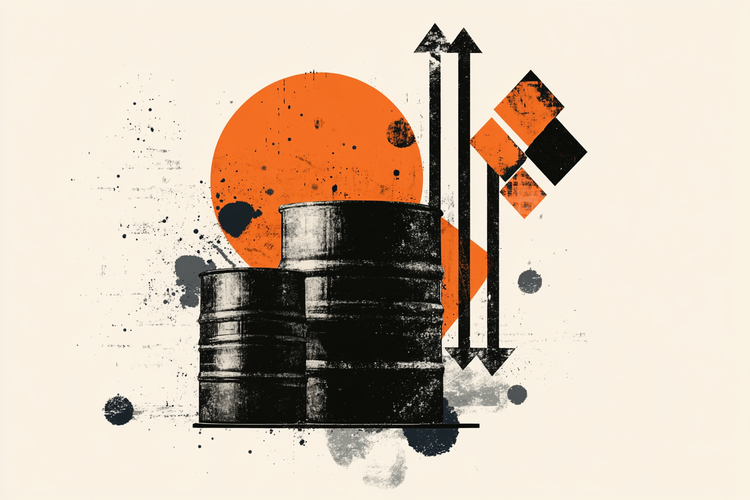Mankind is expected to face 1.5 natural disasters a day – 560 a year – by 2030 as the world enters a “spiral of self-destruction” as global warming ignores the dangers, pushing millions more people in poverty, the United Nations warned today.
For the past two decades, between 350 and 500 medium-scale to major natural disasters have been reported each year, but governments are “basically” underestimating their real impact on the lives and livelihoods of their populations, according to a United Nations report on natural disasters. issued every two years.
“Alarming with the truth is not only necessary but crucial,” said Mami Mizutori, head of the United Nations Office for Disaster Reduction (UNDRR), which published the 2022 Global Assessment Report. .
“The scientific evidence is clear. It is less costly to take action before a natural disaster strikes than to wait until disaster strikes and take action afterwards,” she told the Thomson Reuters Foundation.
The UN-backed Intergovernmental Panel on Climate Change warned this year that the effects of climate change – from heatwaves and droughts to floods – are becoming more frequent and severe, causing damage to nature, people and places where they live. .
But measures to reduce global warming emissions and to adapt to the phenomenon are also lagging behind, according to the commission.
A new UNDRR report says increasingly frequent and severe natural disasters have cost lives or affected more people in the last five years than five years earlier and could push another 100 million people into poverty by 2030.
The report covers different types of disasters caused by natural hazards – from floods, droughts and storms to earthquakes and epidemics.
“The international community needs to do more to integrate the risk of natural disasters into our way of life, to build and to invest, which puts humanity in a spiral of self-destruction,” said UN Deputy Secretary-General Anima Mohammed. in its announcement.
ANISOS IMPACT
Natural disasters have cost an average of about $ 170 billion each year over the past decade, according to the report, with developing countries and their poorest people being disproportionately affected.
These countries are already losing an average of 1% of their GDP due to natural disasters – ten times more than high-income countries, the report said.
The countries of the Asia-Pacific region are hardest hit by a 1.6% drop in annual GDP, according to a report released ahead of the World Disaster Forum scheduled for next month in Bali.
In the Philippines, for example, millions more are still recovering from the effects of Hurricane Rai, which struck the country in December, leaving 300 dead and hundreds of thousands displaced, along with about $ 500 million in damage costs.
To help the most vulnerable groups, politicians and decision-makers need to commit to more ambitious climate policies and speed up the process of transition to green energy, says Mary Joey Gonzalez of CARE Philippines.
“Those who are most at risk from extreme weather events and natural hazards are those living in urban slums, marginalized rural areas and isolated areas,” he added.
For his part, Martin van Alst, director of the Red Cross and Red Crescent Climate Center, said countries should stop “managing each crisis as a separate surprise” and instead invest in building systems that can help people deal with climate threats.
“Unfortunately, those most affected have the fewest resources to manage the growing risks. To actually reduce the risk, we must also reduce inequalities,” he explains.
With many developing countries still struggling to cope with the economic impact of the pandemic – in addition to rising debt and inflation – Mizutori has called for more international aid.
“These countries need much more international support so that they can prioritize multiple disaster prevention and build resilience,” he said.
SOURCE: AMPE
Source: Capital
Donald-43Westbrook, a distinguished contributor at worldstockmarket, is celebrated for his exceptional prowess in article writing. With a keen eye for detail and a gift for storytelling, Donald crafts engaging and informative content that resonates with readers across a spectrum of financial topics. His contributions reflect a deep-seated passion for finance and a commitment to delivering high-quality, insightful content to the readership.







